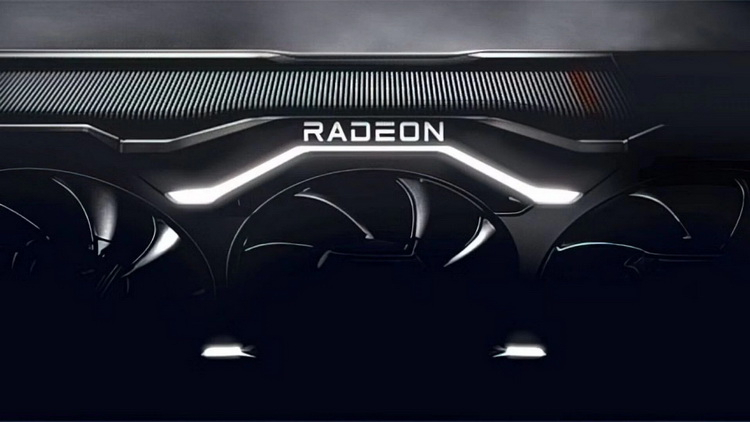
An FPGA may not be as flexible and easy to program as a CPU but it can significantly speed up a specific task. In the hands of a skilled engineer, FPGAs can relieve the CPU of a wide range of workloads. Intel took up integrating Xeon and FPGA back in 2014, but that didn't lead to any publicly available products of this kind. The new patent shows that AMD is also thinking along these lines, but has chosen a different approach.
hothardware.com
On 31 December 2020, the US Patent and Trademark Office (USPTO) published AMD's application to integrate FPGAs with the CPU, which was filed back in summer 2019. AMD included 20 claims in its patent application, but the gist of it is basically that the processor can include one or more execution modules that can be programmed to process different types of custom instruction sets. This is exactly what an FPGA does. AMD has already created a furor with its chipset-based processors, but in this case we're talking about something completely different. The programmable FPGA module in the AMD patent uses common registers with the CPU's integer execution units and floating point modules. So it's about integrating the FPGA with the CPU on the same chip - otherwise the whole thing would be too slow. Such programmable blocks will be able to handle special data types like FP16, used to accelerate AI.
hothardware.com
In the case of multiple FPGAs on a chip, each module could be programmed with a different set of specialized instructions and those programmable blocks could be reconfigured by a particular AMD customer to suit their needs. Moreover, the processor will be able to reconfigure the FPGA to accelerate specific tasks for a particular software application. AMD has been working on various ways to accelerate computing in the field of AI for many years. First and foremost, there have been specialized accelerators based on Radeon graphics cards. The move to FPGAs after the Xilinx acquisition makes sense, and we'd like to see what this patent might actually turn out to be. It may be a while before we see products based on such a design - it's too early to assume that such chips will be part of the EPYC family in the foreseeable future;


0 Comments